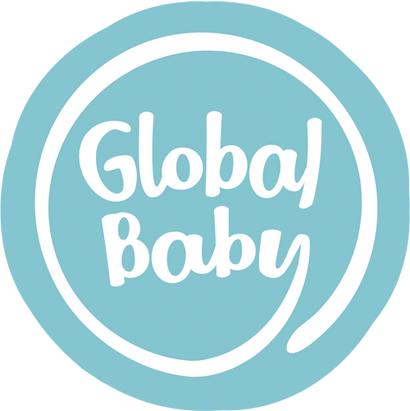Your Cart is Empty
NZ shipping flat rate $7
- New
- Books, Toys & Gifts
- Baby's Room
- Babies
-
Brands
- Amani Bebe
- Auskin
- B.Box
- Babyhood
- BabyRest
- Baby Shusher
- Babybee
- BIBS
- BO & KO Baby
- Britax
- Bubble
- Bugaboo
- CamelBak
- Cavallini & Co
- ChaBil
- Connetix
- Crywolf
- Current Tyed
- Cybex
- Discoveroo
- Done By Deer
- Ed & Company
- Edwards & Co
- Ergobaby
- Forget Me Not Journals
- Frank Green
- From NZ With Love
- Haakaa
- Heirloom Baby
- Hevea
- Honeysticks
- Kaylula
- Kip & Co
- Koha Create
- Kuwi & Friends
- Lamington
- Little People, Big Dreams
- Living Textiles
- Maleni
- MaMer
- Manhattan Toy
- Maxi Cosi
- Melissa & Doug
- Micro
- Miniland Dolls
- Mininor
- Mushie
- Nana Huchy
- Natures Touch
- No Nasties
- OiOi
- Ohbubs
- Over the Dandelions
- Owlet
- Petite Eats
- Pretty Brave
- Rachel Numan
- Re-Play
- Rockit
- Sigrid's
- Skip Hop
- Snüz
- Solvej
- Solar Buddies
- Stellar Haus
- Storksak
- Sophie the Giraffe
- The Kiss Co
- The Lactation Station
- Two Nomads
- Viva La Vulva
- Wilson + Frenchy
- Write to Me
- Sale
- Login











